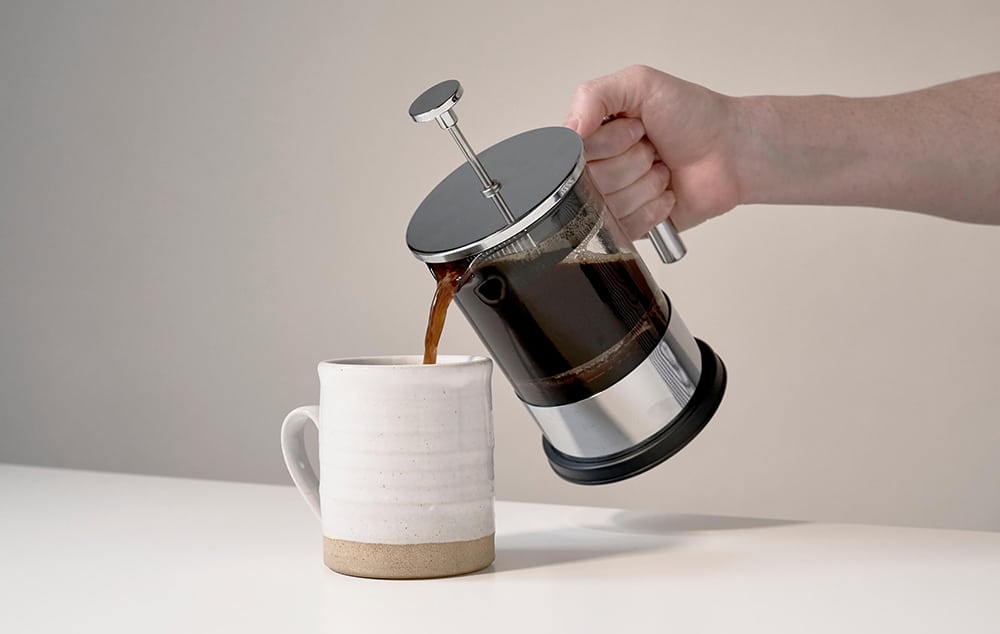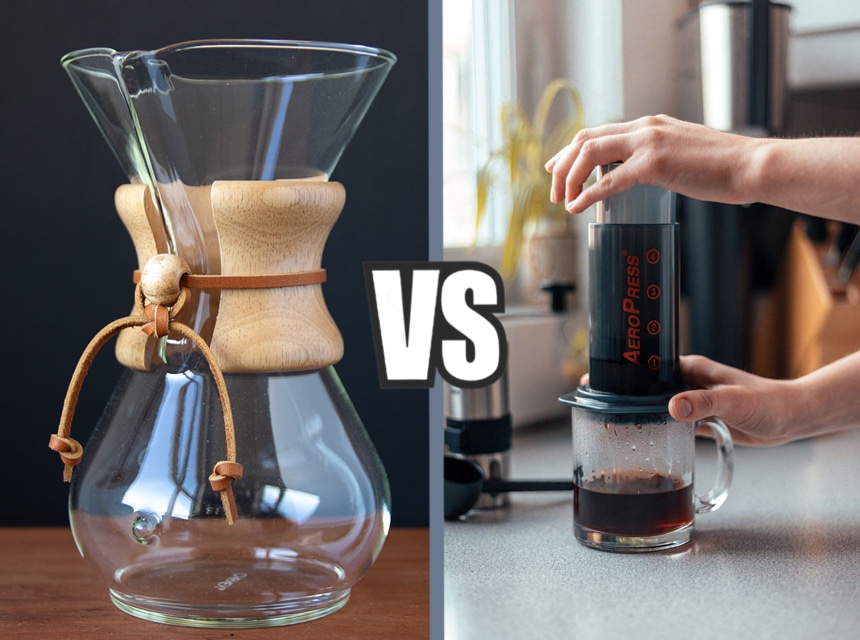

Do you know that more than 9.5 metric tons of coffee are produced each year? More than half of that number comes from Brazil, which is the highest producer of coffee in the world. If you are an avid coffee drinker and you are thinking about growing a coffee plant at the comfort of your home or garden, you are going to benefit from this article, as it contains basically everything you need to grow a coffee plant.
Whether you plan on growing an Arabica coffee plant or a wild coffee plant, you must understand some key details about their morphology and growth patterns. This way, you will be able to discern what to do and what not to do to ensure that they thrive.
Unlike other plants that can only be grown outside, a coffee tree plant can be grown both outdoors and indoors, under the right conditions. Whether you plan on growing it in your garden or indoors, you won’t have to worry about it growing into a massive tree. You see, in its natural habitat, it grows into a small-sized tree. So, if you prune regularly, it will remain in a manageable size.
More than 70 percent of coffee consumed in the world is from the genus C. arabica, which has more than 120 species of plants. The C. canephora, which is also known as Coffea robusta, is a popular species that are grown in sub-Saharan Africa. The plant is robust and offers large coffee beans, but most people don’t like it because the coffee beans usually have a strong harsh taste. Arabica beans, on the other hand, are favored by a lot of people because they are sweeter and have an undertone of berries and sugar. There are also wild coffee plant species like the Psychotria Nervosa, which are grown in southern Florida and a few other regions.
To ensure that your coffee plant survives its first year, you have to do your best to mimic the condition found in the tropical region which has a slightly acidic soil, high humidity, lots of water, and cool temperatures.
The first thing you need to grow a coffee plant is good coffee beans. Note that the beans you find at supermarkets and coffee shops may not sprout, as they have been roasted and treated.
You are going to need healthy green seeds for propagation. You don’t need to rack or cudgel your brain on how you are going to get your hands on them. You are definitely going to find them on any of the popular online stores that are available.

Plant the seed in a rich, moist, and slightly acidic soil around temperatures of 20 degrees Celsius. It is likely going to take between 30 to 180 days for the seeds to germinate. After it has germinated, take the young plant to a moderately shaded area.
If you plan on growing yours in a garden, then you should plant it under a plant that can provide cover and has no pests. The goal here is to prevent the sun from shining directly on it.
Of course, you have the freedom to use any pot you want, but if you want your coffee plant to do well, it is best, you opt for lightweight plastic pots. The pot should be kept in an area that is humid and warm. The best temperature range for it is between- 12 to 25 degrees Celsius. Bear in mind that if the temperature in the area fluctuates regularly, the plant is going to shed its leaves.
Light
Don’t expose your coffee plant to direct sunlight, especially during mid-day, as its leaves are easily affected by the sun. Coffee plants thrive in partly shaded areas.
Soil
The type of soil you should plant your coffee bean should be slightly acid. A great way to raise the pH of the soil you plan to use is by adding dried blood and bone meal to it. Also, the soil should be penetrable and rich in manure and humus. Your main task is to be sure this type of soil will fit the plant.
Fertilizing
Apply weak, slow-release liquid fertilizer to the soil you planted your coffee plant throughout the growing season. During the cold winter months, apply fertilizer once or twice every 30 days.
Pests
Just like any other plant, a coffee plant can be attacked by common pests like aphids, mites, and mealybugs, just to name a few. Below are some signs of infestation
Take steps to treat the infestation as soon as you can to prevent it from spreading. When treating the plant, start with the least toxic option and progress to stronger chemicals if they don’t work.
Watering
Coffee plants should be watered regularly, especially in the summer and fall, as the plant is native to humid condition, and will grow fast and eventually bloom when it gets the right amount of water. Ensure that the water you use is pure and soft. Be moderate, and try not to waterlog the pot.

Important note– Never should you ingest any parts (leaves, roots, or stems) of the coffee plant except the matured fruit, as they are toxic to humans and animals.
Growing a coffee plant is a rewarding endeavor because, after a few years, it will flower and produce coffee beans, which you can use to make a cup of aromatic beverage each morning. Whether your coffee plant produces premium quality coffee beans, isn’t really important. What matters is the satisfaction you will derive from growing your very own coffee plant.





